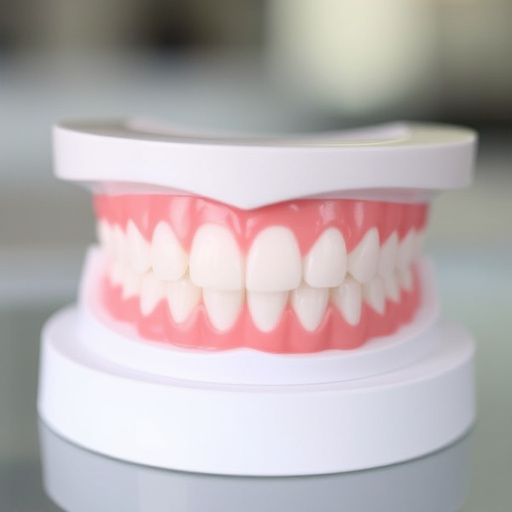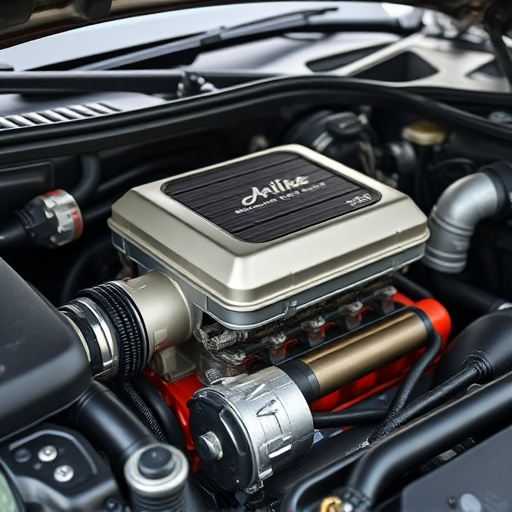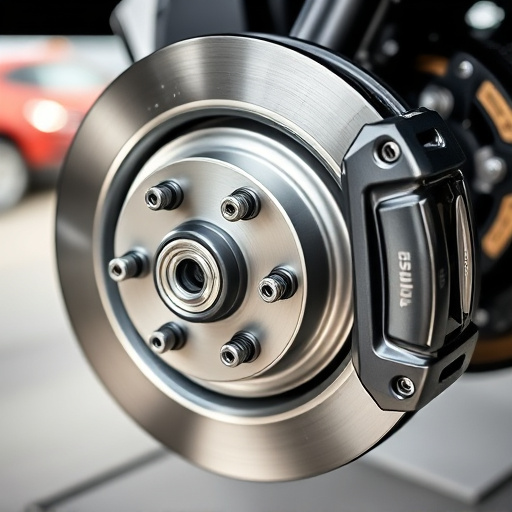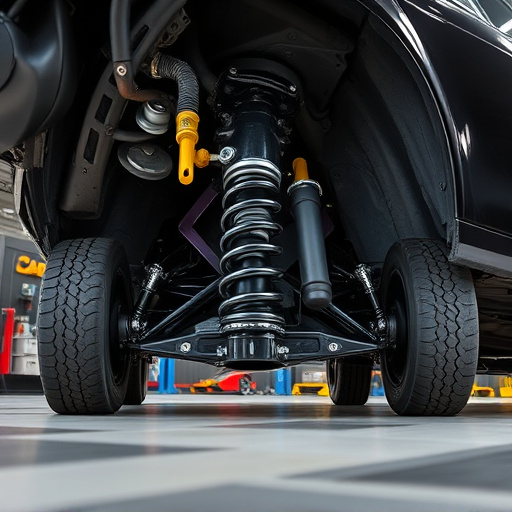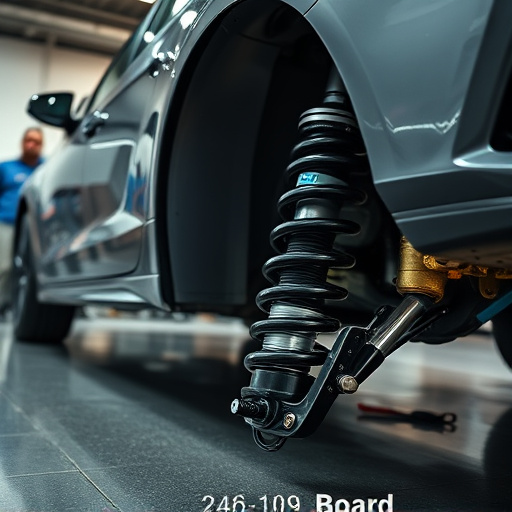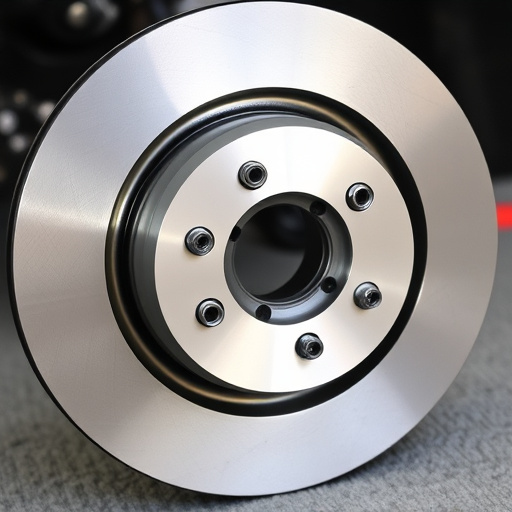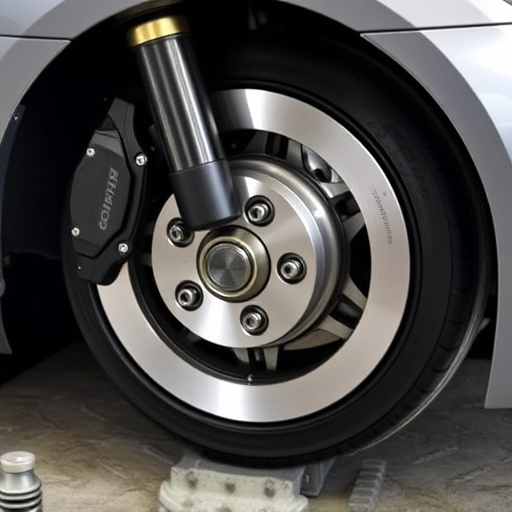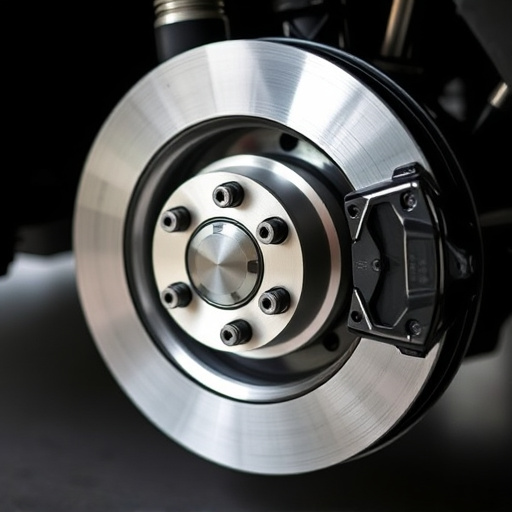After installing a new muffler intake system, thorough testing is crucial for optimal performance and longevity. Check for unusual noises, secure hardware, and proper component alignment. Monitor vehicle performance under various conditions and use diagnostic tools for error codes or deviations. For API-related installations, watch for 504 Gateway Timeout errors and troubleshoot by verifying internet connection, server uptime, configuration, and accessibility to ensure efficient, reliable installation and enhanced vehicle performance.
After installing a new muffler intake, thorough testing is crucial to ensure optimal performance and efficiency. This post-installation guide provides essential tips for a smooth transition. From checking for leaks to evaluating noise levels, these steps will help you navigate the process seamlessly. Discover best practices to guarantee your muffler intake installation operates at peak levels, enhancing both vehicle functionality and driving experience. Optimize your setup today with these expert-recommended strategies.
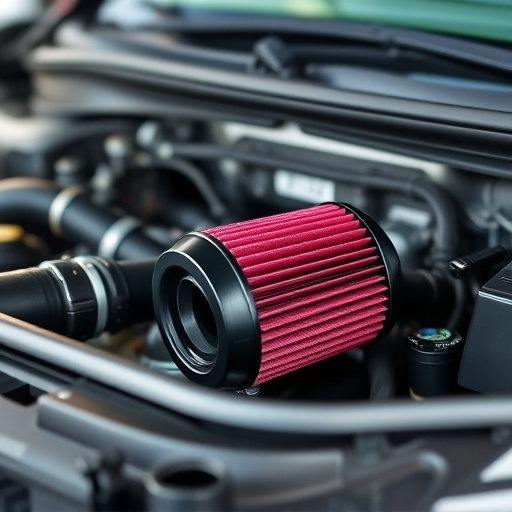
After successfully installing a new muffler intake system, it’s crucial to perform thorough testing to ensure optimal performance and longevity. The first step is to start the engine and listen for any unusual noises, such as rattles or high-pitched whines, which could indicate loose connections or improper alignment. Check all hardware is securely fastened, and make sure all components are in place according to the manufacturer’s specifications.
Next, monitor the vehicle’s performance under various driving conditions. Pay attention to acceleration, engine response, and overall driving dynamics. A well-installed muffler intake should enhance power output without compromising fuel efficiency or creating undesirable vibrations. Use diagnostic tools if available to check for any error codes or performance metrics that deviate from the expected norms, as these could point to issues requiring further adjustments.
API responded with status code 504.
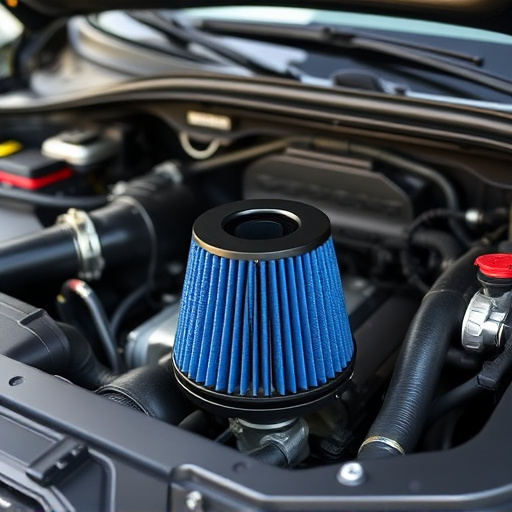
When conducting post-installation testing for a muffler intake, it’s crucial to be vigilant about potential issues that could arise from API responses, such as those indicated by status codes. Specifically, a 504 Gateway Timeout error signifies delays in communication between your system and the server, which might be caused by network congestion or server overload during the muffler intake installation process.
In terms of troubleshooting, ensure your internet connection is stable and consider checking the server’s uptime and responsiveness. Additionally, verify that all API endpoints related to muffler intake installation are correctly configured and accessible. By addressing these factors promptly, you enhance the overall efficiency and reliability of the installation, ensuring optimal performance for your vehicle’s new muffler intake system.
Post-installation testing is a crucial step in ensuring a successful muffler intake installation. By following these tips, you can guarantee optimal performance and longevity of your vehicle’s new exhaust system. Regularly checking for leaks, noise levels, and engine response will help identify any issues early on, allowing for prompt adjustments and peace of mind on the road. Remember, proper testing is key to a smooth driving experience and maintaining the efficiency of your muffler intake installation.



